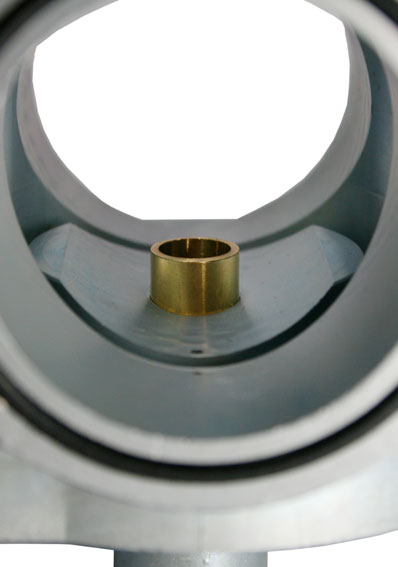1973x75
VIP MEMBER
- Joined
- Nov 15, 2015
- Messages
- 185
I got them new, about ten years ago. They are 930’s, on my 1973 750, which of course originally came with 932’s, but they were all the shop had on the shelf at the time.If these new Amal's with 5000 miles on them are Premiers then they probably have 17 pilots fitted, these tune lean and are now supplied with 19's on the 850's and the 750's respond well to 19's too.



